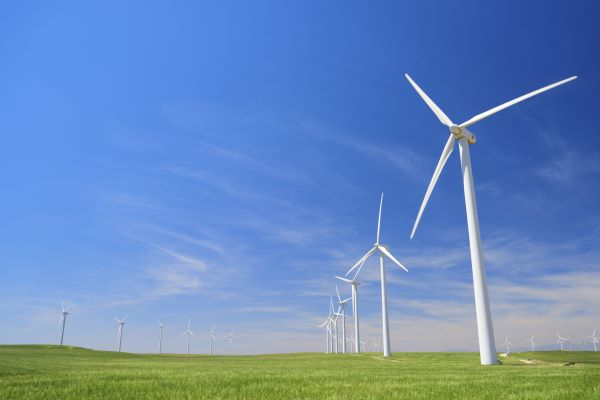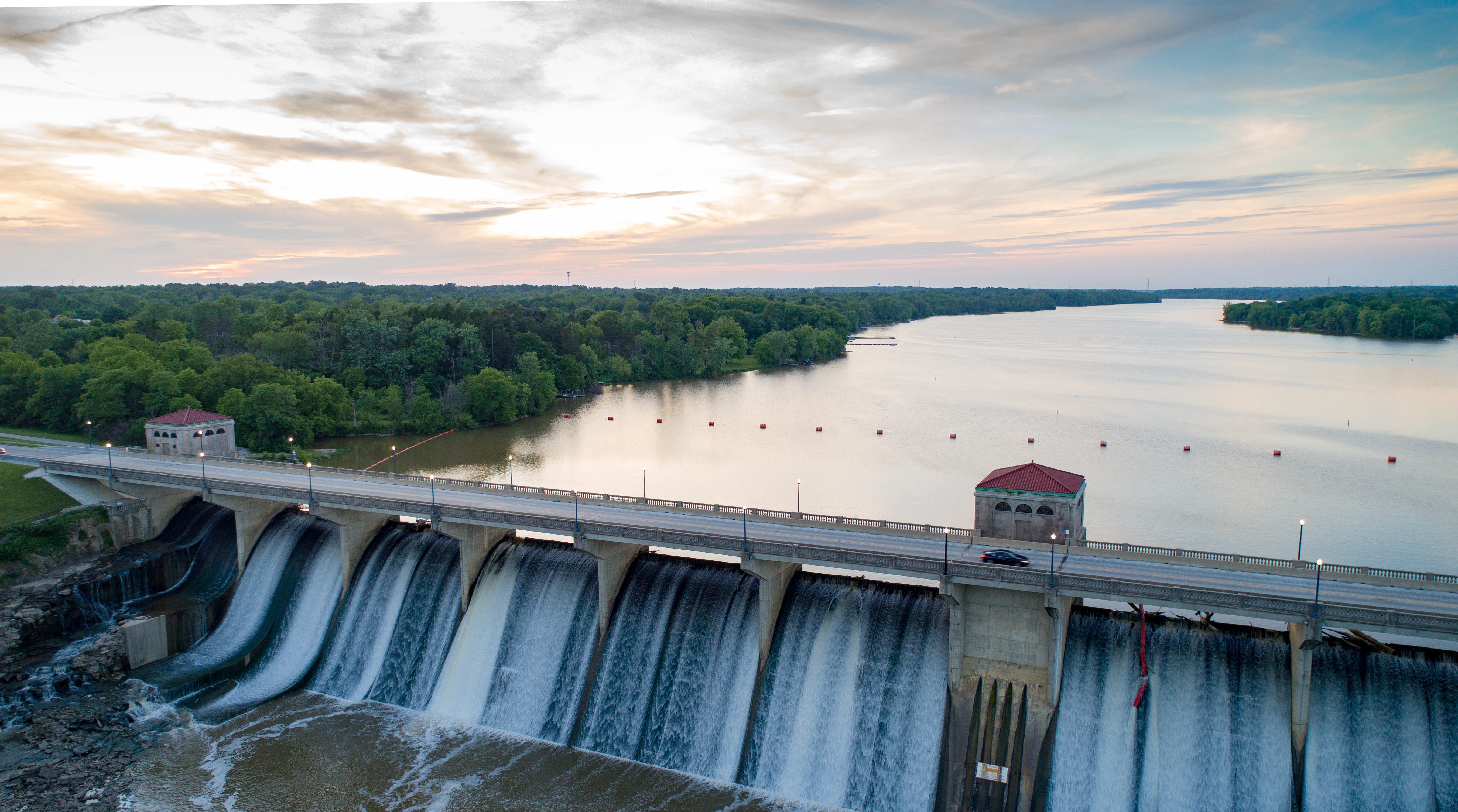
University of Dundee

China’s industrial economy has been the beating heart of UK-China trade and investment for several decades. With such a prominent position in global growth, China remains the go-to destination for many UK manufacturers seeking high-quality supply chains, as well as one of the largest markets for UK industrial products and components.
China’s rapid rise to become a world leader in green energy, the 14th Five Year Plan’s (2021-2026) drive for sustained green growth and China’s climate change commitments, notably its recent 2060 Net Zero target, offer enhanced opportunities for the environmental, infrastructural and energy sectors. These commitments are expected to generate new jobs in the domestic employment market; currently there are now more new jobs created in the renewable energy industry than in the oil and gas industries.
With exciting developments in high-speed rail, ports, offshore renewables, low-carbon, subsea oil and gas, nuclear, energy storage and environmental services, CBBC’s Energy, Environment and Infrastructure team can open routes into the vast potential and opportunities throughout China and third markets.
China is very keen to bring in expertise and best practice from the rest of the world, thereby attracting more investment and importing more advanced skills in order to strengthen the supply chain. UK companies are highly respected in the Chinese construction sector and can offer a wide range of expertise in priority areas, including green buildings, low-carbon designs, and eco-city development.
UK industry is also viewed as a trusted partner in leading-edge advanced manufacturing and new materials, partnering with China’s powerful industrial players as they develop domestic as well as increasingly international markets.
Indeed, President Xi’s flagship Belt & Road Initiative (BRI) continues to offer strong potential for UK finance and professional services; and architectural firms in BRI Member countries, as China is tapping into UK expertise in infrastructure development, paving the way for win-win cooperation.
Despite rising costs of production and a sometimes-challenging business environment for many foreign firms in China, the size of the Chinese market makes it too big to ignore for any UK firm with international ambitions. As China’s per capita GDP continues to rise (standing at USD 10,00 as of January 2019), the country’s stronger purchasing power could further open the market to the UK’s own value-added products.
CBBC helps you navigate the business landscape in China - whether you are seeking support from us to support business development, identification of suppliers for your latest product design, or help with finding an agent, our services will meet your needs. Our sector team offers unrivalled insight into market conditions in a diverse cross-section of Chinese industry and we maintain strategic partnerships with government ministries and industrial associations on both sides of the equation, maximising impact at key trade fairs throughout the year.
Background research on China’s industrial landscape is crucial before you get started. CBBC’s bespoke market research will prepare you for market entry, and our Cultural Training programme will ensure you start your business relationships on the right foot.

China is committed to reducing its reliance on coal and increasing the ratio of renewables in its energy mix. Wind energy, as one of the key contributors to the country’s renewables targets, is being developed at a rapid rate in offshore locations.
China is currently facing the challenge of connecting the 75GW of installed onshore wind capacity from inland provinces to the energy-hungry eastern provinces. This has led to an increased interest in offshore wind as a potential new source of renewable energy.
However, the development of offshore wind supply in China has met with similar challenges as faced by UK developers in the early days of the industry in Europe, and there is increasing demand for expertise in the operation and maintenance of offshore wind supply farms.
China’s use of coal was capped at 65% of the country’s total energy use in 2017. Renewable energy sources will not be able to compensate for the difference in demand that will result.
As a result, the oil and gas industry is critical to the economic, social, and environmental future of China. Currently most of the hydrocarbon production in China is in the form of oil, with around 2,670 million barrels of oil either under development or planned, and almost 2,124 million more either possible or probable by 2018.
There is however great potential for gas production and the government seems increasingly focused on the use of gas as the cleanest hydrocarbon energy source.
Nuclear power accounts for a small but rapidly growing portion of China’s overall electricity mix and is an area that has received considerable attention and effort from the central government.
China currently has 38 nuclear power reactors in operation, 20 more under construction, and additional reactors in the planning stage, with an aim to bring the country’s total capacity to 58 GWe (or 6% of the country’s total capacity) by 2020, and 150 GWe by 2030.
However, rapid nuclear expansion may bring other problems with it, amongst them potential shortfalls of fuel, equipment, qualified plant workers, and safety inspectors. The UK’s expertise in Nuclear Decommissioning is of particular interest to China.
Furthermore, Chinese involvement in Hinkley Point C Power Station and other future projects in the UK where Chinese technology could be used for the first time in a Western market bring with them a host of opportunities for UK companies to engage with this fast-developing sector.
The Chinese water sector is facing great challenges. In particular, in the north of China shortages are expected to worsen in the coming years, mainly due to the rapid development of the economy.
At the same time there is a severe lack of oversight in the water market, which leads to mismanagement and waste. This also makes it very difficult to get a clear picture of the scale of the challenges.
In order to meet demand, the Chinese government has plans for the water sector to be liberalised, with the hope that foreign technology and expertise can be applied to problems that so far have not been solved either because of inefficient equipment or a lack of incentives.
The contamination of soil with heavy metals was once a long-held and heavily guarded state secret in China. It took five years for the Ministry of Land and Resources and the National Bureau of Statistics to disclose the results of a land survey done between 2006 and 2009; the results painted a dire picture of the state of China’s soil with more than 8 million hectares of farmland – roughly 25% of China’s arable land - too polluted by heavy metals and chemicals to be farmed.
China’s Soil Ten Plan – issued in 2016 – highlights a plan of action to combat this issue, which is a good starting point for UK businesses with expertise in this area.
The construction sector has played a vital role in stimulating prolonged economic growth in China. It accounts for more than 6% of China’s GDP and has been growing at an average annual rate of nearly 10% since opening-up began in 1978.
Demand in the construction sector is driven by the rate of housing supply, the upgrading of obsolete infrastructure networks to allow for large-scale urbanisation, and the need to retrofit old buildings.
Figures from the National Bureau of Statistics illustrate that construction and infrastructure projects are dominated, respectively, by Chinese private and state-owned enterprises. Like many other sectors, China’s construction market is highly regulated, with the government directing activity at the national and provincial level.

See our 2023 Energy, Environment & Infrastructure Events Calendar for a list of China’s biggest events in the sector this year.
News and Updates from the UK-China Offshore Wind Industry Advisory Group (IAG):
Webinars
China OSW GBIP Webinar: Digital / Smart Turbines - YouTube
China OSW GBIP Webinar: Planning / Design and Supply Chain - YouTube
China OSW GBIP Webinar: Installation and O&M - YouTube
China OSW GBIP Webinar: R&D in Offshore Wind Workshop - YouTube

